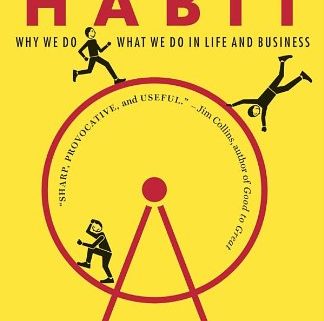In the first part of this post we established that all is well for Groupon. Are the merchants using the service enjoying similar success? By the company’s sheer growth, the answer would seem to be a resounding “yes” but it is a little more complicated than that. The cost to the merchant who signs up for a Groupon deal, after taking into account the coupon discount and Groupon’s share, can be pretty steep.
Let’s look at this in concrete terms: assume Mikey’s Kona Coffee Emporium is offering $40 worth of wholesome Hawaiian beans for $20 dollars (minimum participation is 10). Two hundred people take up the offer, paying Groupon a total of $4,000. Groupon keeps $2,000 and $2,000 goes to Mikey’s Kona Coffee Emporium. So we just sold $8,000 worth of beans (200 x $40 coupons) and collected $2,000. As it turns out, most merchants make no money on the Groupon experience. BUT they do get is exposure to a large number of potential new customers.
The challenge in the model is that many smaller merchants, as well as some larger ones, may not have the skill set to convert this rain shower of mostly first-time customers into repeat customers, let alone lifetime ones. That, in my view, is one of the challenges facing the company on a go forward basis. Will merchants that use it once or twice without getting repeat business come back? Remains to be seen. The key for Groupon is to make sure it helps merchants build relationships and engage the customers brought on by the coupons. If it can do that well, the go public valuation mentioned above can turn out to be cheap.
So what is it the take away? If you are considering a Groupon deal (or one by the many competitors that have popped up) make sure you do the following:
1. Crunch the numbers – what exactly is this going to cost per potential new customer (you may also want to re-read the blog post on Metrics at http://bit.ly/web-metrics)
2. What is your average customer’s lifetime value?
3. What information on the coupon buyers, if any does, does Groupon (or other providers) give you at the end of the promotion? Note: Some of them may give precious little, not even an email address.
4. It is incumbent upon you (especially in light of 3 above) to collect as much information on the coupon presenting customers. Do everything you can to get an email address – that will present your best chance to convert the coupon buyer into a repeat customer. No email address – your product or service better be ranked in Zagat’s to bring them back without further marketing.
5. Have a follow up campaign ready to go no later than 2 days after the first visit.
Follow these tips and chances are the group of potential new customers you just spent money and resources on will not group off.



